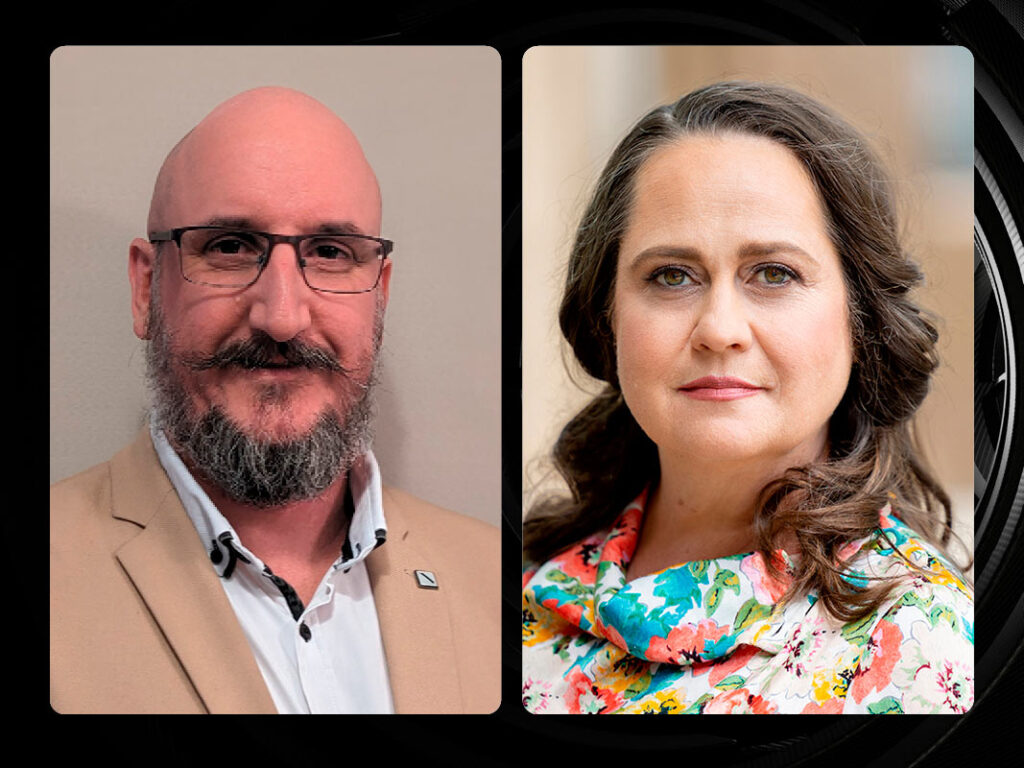Turning an ageing council website into a beacon of accessibility set a new standard for inclusivity in remote Australia, while unlocking a revenue success story.
Broken Hill is geographically remote — a 6-hour drive from the nearest capital city in the far west of NSW — and often called the “real outback”.
It’s also a case study in public sector innovation inside an independent, hardy community of natural problem-solvers, increasingly using mobile devices to access their local council online.
One of them, former Broken Hill City Council (BHCC) digital officer Luke Dart, was instrumental in the digital transformation of the council: “The driving force was providing a new website – accessible and inclusive to people of varying needs within our community.”
Mr Dart’s approach went beyond the technical aspects of correcting the poor structure of HTML tags affecting readability and SEO — it focused on the human element and “giving people skills fit for the future”.

In the first episode of The Loop, a four-part InnovationAus.com podcast series in partnership with Granicus, Mr Dart outlined how a once complicated art prize application became an online gateway, attracting artists far and wide, boosting community engagement, and bringing in an extra $20,000 annually.
“It was more than making it online: it was about rethinking what we really need,” he said.
Before the transformation, the annual Pro Hart Outback Art Prize would generate no more than 40 entries and $2,000 for BHCC. Post-revamp, with nearly 450 entries, the revenue soared to $22,500 – a testament to the power of thoughtful digital redesign.
This wasn’t just about updating a website but redefining access and inclusion, bringing people together, and turning a remote town into a digital community hub.
A critical step on this journey, he said, was partnering with global leader in customer experience technologies and services for government, Granicus, whose product was already compliant with accessibility standards.
“This way, our main focus was ensuring the content we added was accessible too.”
Moving to a model that allows for collaborative content management across various departments had a transformative butterfly effect across digital and offline channels in the community.
As team members were trained in techniques to make digital content accessible, a massive shift in perspective was sparked across the council.
Equipped with new skills, BHCC staff broadened their focus on accessibility. “People began actively including these ideas in their daily tasks, beyond just the website,” he said.
This holistic approach touched even the traditional town posters, now crafted with a keen focus on elements like colour contrast for enhanced accessibility.
The question council staff began asking themselves was, “How do people who are different from me experience this, and what can I do to actively include those people?”
Community feedback became a driver for rapidly shaping the accessibility and inclusive features on the website.
“Our most engaged community members, those who were frequently active on our Facebook and public forums, were crucial,” he said.
They used the ‘Is this page helpful?’ prompt at the bottom of the website homepage to point out what worked and what didn’t. “Their honest feedback enabled us to make real-time improvements. We’d update a page and directly reach out, thanking them for their input.”
This fundamentally altered the council’s relationship with its residents, gradually shifting public perception of their efforts. “The tone in public spaces began to change. Less negative, more neutral.”
This wasn’t about silencing criticism but about fostering a constructive partnership.
“When those who used to be critical started helping us improve, it showed we were on the right track,” he said.
Now, residents felt heard and began seeing the council as allies rather than adversaries, crucial for a population almost 10 years older than the national average.
In Broken Hill, home to iconic films like Mad Max 2, a push for seamless online experiences revamped forms like film permits, catering to its role as a magnet for big-screen hits.
BHCC’s new, user-friendly website is vital in attracting high-profile and smaller-scale productions, contributing to the town’s financial well-being.
Integrating easy-to-use forms with mobile responsiveness and an in-built payment system helped simplify applications. It also ensured accessibility and ease across various devices.
In fulfilling the Disability Inclusion Act’s mandates, Broken Hill City Council made website accessibility its cornerstone.
“Our goal,” said Mr Dart, “was to create an inclusive website for all.”
This vision catalysed a comprehensive four-year plan, ensuring the council’s digital space welcomed every community member.
The Loop podcast series and accompanying articles are produced by InnovationAus.com in partnership with Granicus.
Some technical issues were experienced during the recording of this podcast episode, which has impacted the quality of the audio. InnovationAus.com apologises for any inconvenience caused.
Do you know more? Contact James Riley via Email.
